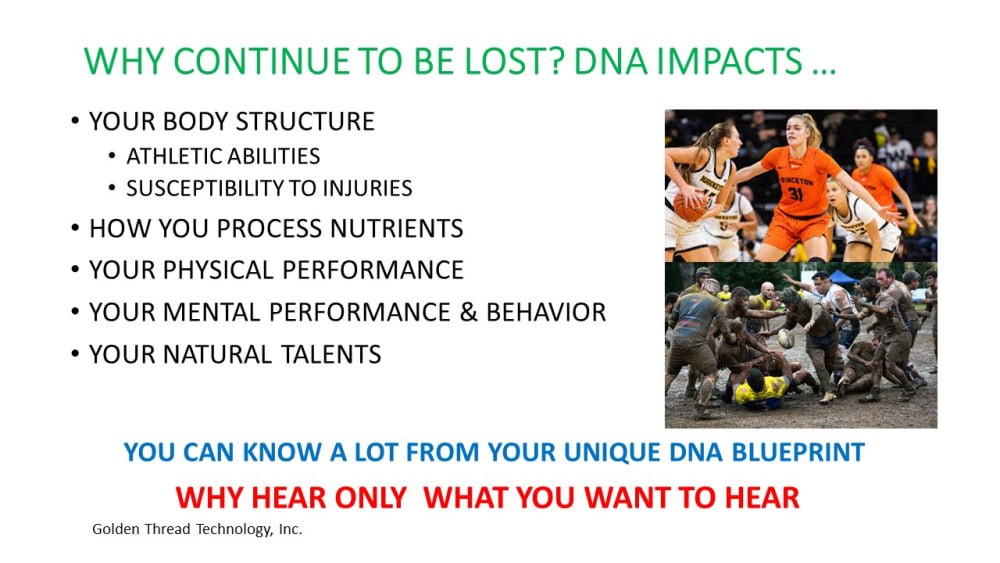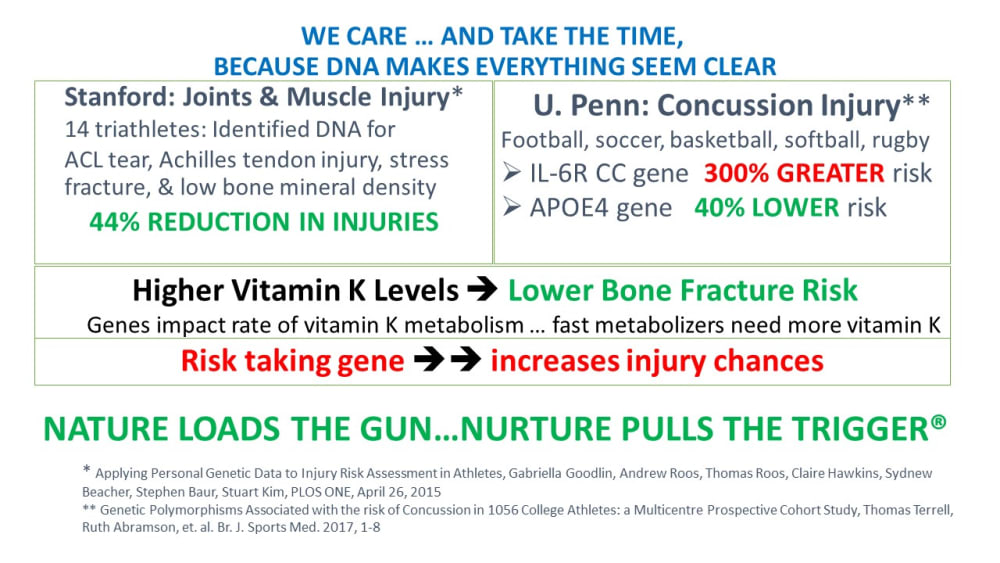Every athlete knows there is a risk of getting hurt. The challenge is how to lower that risk. Athletes and their parents, teammates, coaches, and trainers focus on better training, pre-competition preparation, and making fewer mistakes. While these strategies are helpful, the fact is that injury statistics are essentially unchanged in the past 50 years. What’s changed is increased awareness of certain injury types. For example, concussion injuries so dominate discussions on selecting which sports youth should play that American football participation has dramatically dropped.
The need is overwhelming, everywhere in the world. In the U.S. alone, injuries impact 8.6 million of over 62 million Americans who participate in some sort of sports or exercise. For kid athletes, 3.5 million of 30 million organized sports participants (one in eight) suffer injuries that require medical treatment. In 2017, just doing exercises or using exercise equipment produced 526,000 injuries. In the European Union, 4.5 million people, aged 15 and above, are treated in a hospital for injuries each year. Many injuries require surgery. What makes things worse is the negative psychological impact on the athlete, as well as a possible lowered post-injury performance level.
Our solution starts with each athlete’s DNA blueprint. Genetic variation explains differences in body structure, nutrition and metabolism, and behaviors. A key factor is that DNA is fixed: we go out of the world with pretty much the same DNA that we came in with. Genetic variation translates into differential risk for ACL tears, rotator cuff injuries, elbow and ankle injuries and injuries to the head and neck, One gene variant increases concussion risk by 300%.
Knowing the relationship between a person’s DNA and their injury risk opens the opportunity to craft personalized strategies that lower injury risks, and lower injury severity should one occur. It is always a combination of nature, our DNA, and nurture, what we do with our lives. The age of onset for Huntington’s Disease is an example of how nurture can impact health and wellness. This is an autosomal dominant gene, where the one copy gives risk to the disease in the person’s 40’s. Research found that identical twins with this gene can have the age of onset differ by up to eight years. This is the role of nurture. Nature loads the gun, and nurture pulls the trigger.
Our plan is to build an interactive, data-driven, artificial intelligence and machine learning based, mobile application that will provide real personalized guidance, insight and ranked choices that will help the athlete know and reduce injury risk as well as improve performance. Specifically, we will integrate scientific knowledge in genetics, nutrition, metabolism, physiology, neurology, fitness, and behavior to pinpoint focused approaches that are specific to each individual athlete.
Video
Like this entry?
-
About the Entrant
- Name:Fredric Abramson
- Type of entry:teamTeam members:Fredric Abramson, Deborah Mannia, John Yaworsky, Anitha Moorthy, Biniya Moorjani, Morris Lee, David Tao, Fuzail Muhammad, Michael Bragen, Pengli Cui, Ruth Abramson
- Software used for this entry:Python
- Patent status:patented








